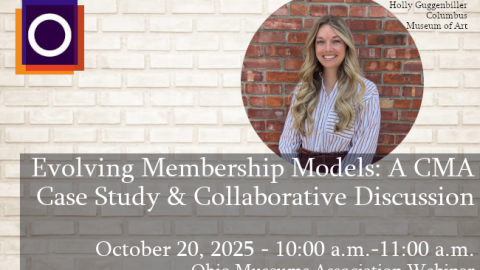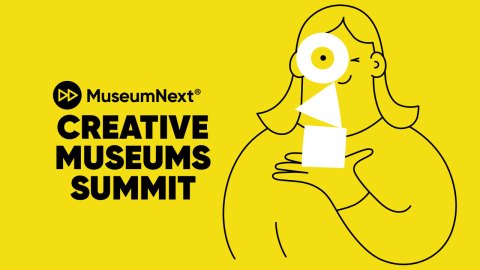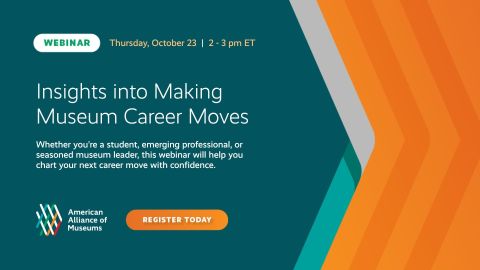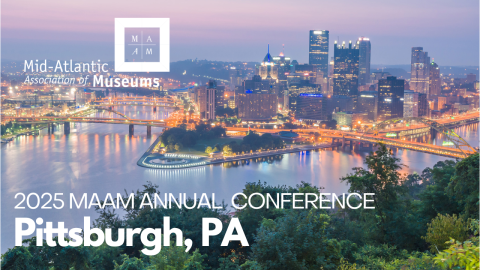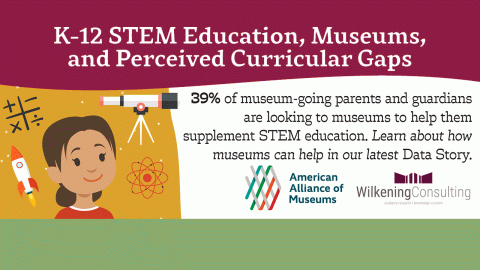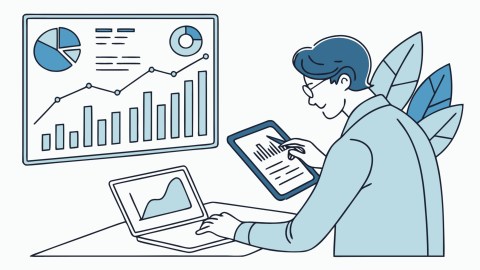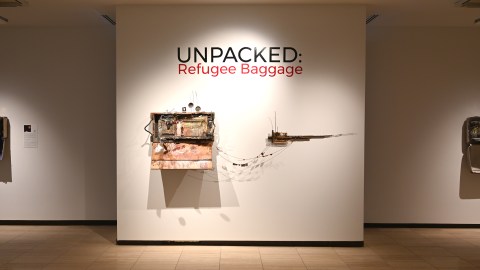
I just got back from an intense, exhausting, exhilarating week in northern California that encompassed two very different conference-like events–the Creativity and Collaboration Retreat (C2) organized by NAME/AAM and Maker Faire, put on by Make Magazine. These experiences fueled my ongoing musing on the future of museum conferences. Nina Simon has blogged about C2, concluding that, for her, the retreat format is a superior experience to the standard listen-to-sessions-and-meet-in-a-bar conference experience. I want to reflect on lessons learned from Maker Faire. Wandering through this energetic, stimulating exposition built on the thoughts I have already posted regarding the best use of physical conferences. What makes travel worth the cost and environmental impact? What kinds of experience can’t be provided via the web?
This was my first time attending Maker Faire and its fourth year of existence. The event is organized by Make Magazine to “celebrate arts, crafts, engineering, science projects, and the Do-It-Yourself (DIY) mindset.” The Faire encompasses a broad variety of “makers”: most prominently electronic buffs who create anything involving circuit boards (aquatic, terrestrial and aerial robots, games, sound systems, etc. etc.), people who make large, often mechanized, objects (cars, fire sculptures, steam engines, bicycles), crafters (engaged in sewing, crochet, knitting, jewelry, glass, woodcarving) and people who make believe (steampunk and the Society for Creative Anachronism.) There were also numerous smaller groups—people who make music, people who make messes (home chemistry), people who make food. Notably not people who make art, at least not fine art.
Every sector has a culture shaped by its historical origins, and this culture, in turn, shapes its convenings. The typical museum conference follows a traditional academic model. Its central feature is presentations of peer-reviewed papers/sessions, an oral version of what might well become a published report. While museums have noodled around the edges of this model (embellishing the talks with PowerPoint or, for the uber-hip, Prezi), encouraging alternative formats such as skits, and tacking a few workshops on the end, our academic roots still show. It was refreshing to see an event designed for the same end (exchange of information, ideas, skills, providing inspiration, making connections), arising from an entirely different culture with a markedly non-academic perspective.
The Faire sprawled out over much of the San Mateo Fairgrounds, encompassing 7 buildings, numerous tents and outdoor activities (rocket launching, robotic warship battles.) It had a scheduled program of speakers rotating through two stages in one of the main buildings, but the majority of the Faire was made up of individuals and groups who apply for exhibit space—primarily 10 x 10 booths—in which to present their projects and demonstrate their expertise. Many groups guided participants through how-to activities such as “hack cool things with microcontrollers, “learn the basics of bargello needlepoint” or “fix your bike and help change the world.” Participating “makers” occupied free booths, allocated by an application process that encouraged encourage “exhibits that are interactive and that highlight the process of making things.” Mixed in with these maker booths were exhibiting companies and sponsors including Crayola, NASA, Radio Shack, and the Exploratorium, showing their own wares and demonstrating products and services.
Altogether it was a giddy, high energy, hands-on, information-rich environment. And fun! Most of what was presented (with the exception of the traditional lectures) was uniquely suited to a first-person, 3-D exposition of the subject at hand. Sure you might delve into associated literature in more depth, afterward, but it was an effective immersive introduction to lots of ideas, techniques, and materials. All the presenters (other than the lecturers) were available to chat one-on-one with attendees dropping by their booths.
So, what if someone tried running a museum conference like Maker Faire? Ditch the traditional panel sessions, keep a few particularly stimulating invited lecturers, and turn the rest of the conference over to people who demonstrate and teach what they do, and how. Instead of watching a PowerPoint presentation on how a museum did rapid prototyping of exhibit labels, drop in on a mini-workshop where you try it out. Examine how one museum’s exhibit fabricators use laser cutters to turn digital data from scans into 3-D models. See a curator demonstrate how she makes her scientific research accessible via public demonstrations.
What might be the advantages?
- More one-on-one interaction for attendees with a greater number of presenters, rather than the typical “crowd to the front of the room and present a business card” experience.
- More choices about how to absorb content: skimming and grazing through the exhibitors, or diving into workshops and discussion groups.
- Exhibitor and sponsor content integrated in with participant content, putting these groups on more equal footing (and giving equal time to the content expertise each has to contribute.)
- More practical, hands-on experience and less theory.
What are some potential disadvantages?
- More chaotic, and potentially harder for an attendee to structure the experience.
- Not clear how some important traditional conference topics (finance, management, HR) lend themselves to this format. (Though maybe that is precisely the kind of content that can be effectively delivered in print or over the web.)
- Some displays might devolve into glorified poster sessions (not my favorite format, for quality or impact.)
- Instead of being “on deck” for an hour and fifteen minutes and then free to attend the conference, presenters would have to man their exhibits for extended periods of time.
Of course, what I am describing isn’t really a reinvention of the traditional meeting format so much as a radical shift in how the parts are distributed. It expands the traditional “Expo Hall” format to encompass much of the content delivery, encourages more workshops and roundtable discussions, and increases the role of performances and demonstrations. This might unduly slant the experience towards the physical (exhibits, storage mounts, technology) but I think it has broader application in the museum realm. After all, what else to we “make”? Standards, policies, decisions, projections. A conference could encourage workshops that prototype such things—proposals for new standards, projections regarding trends in the field, recommendations regarding policies with museums or governing the museum field. Instead of going away with just ideas, attendees could go away with potential action steps and commitments for follow-through. Worth a try? You tell me—if given the chance to “exhibit” at a museum faire structured like this, what would you present?

